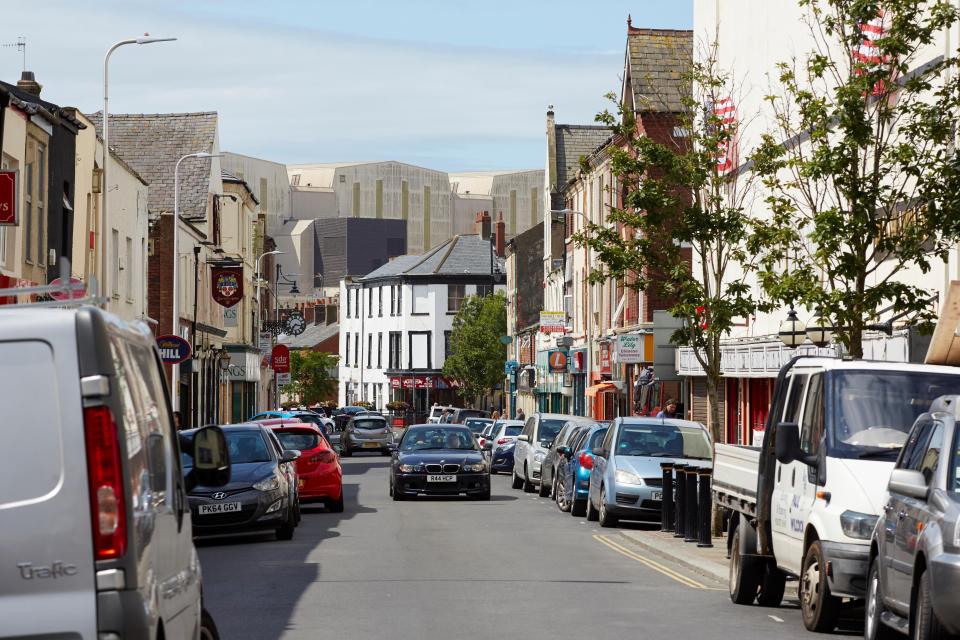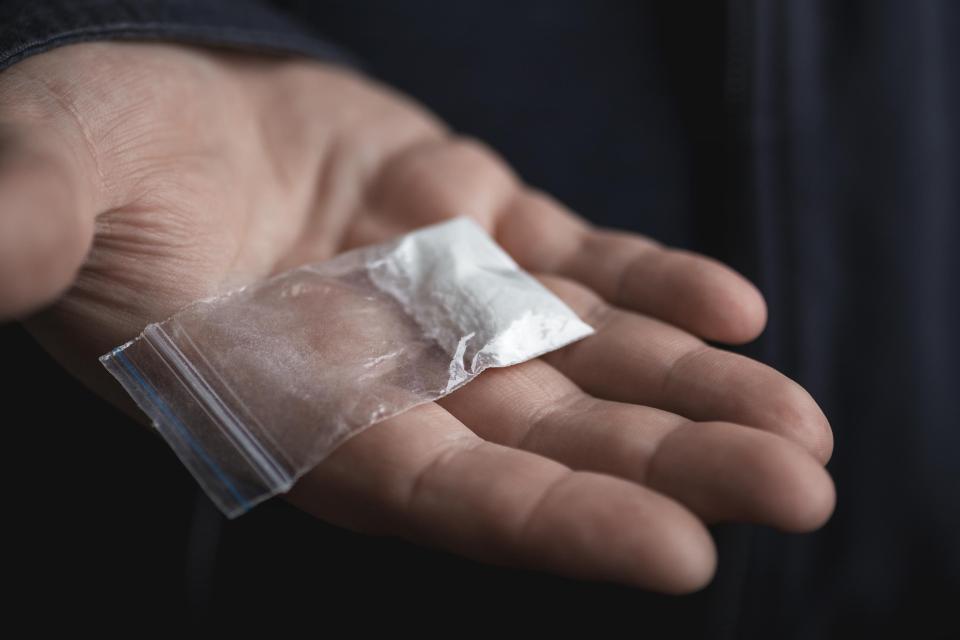Evil inner-city gangs targeting innocent children and teens to swamp small towns with drugs
Violent drug gangs from major cities are using organised networks known as 'county lines' for child couriers to deliver Class A substances to remote parts of the UK

STEPPING on to the platform, the teen casts an anxious eye around.
He should be in school. Instead he has journeyed several hours north by train to make his deliveries.
Wraps of heroin and crack cocaine and a digital scale are in his backpack.
This is the reality of drug dealing in Britain today, where violent drug gangs in larger cities use child couriers.
Organised networks known as “county lines” deliver Class A substances to unlikely areas all over the UK.
Gangs from Manchester operate as far afield as Cornwall and Ayrshire in south west Scotland.
One place that has been targeted is Barrow-in-Furness, dubbed a “brown town” due to its hunger for heroin.
There have been 12 drugs-related deaths in the town since December.
Criminals from as far as London are muscling in for a slice of the profits in this isolated Cumbrian area, home to 70,000 people.
Police recently arrested two members of a suspected drugs gang from Tower Hamlets, East London, who were targeting Barrow. Cumbria’s Detective Chief Inspector Nick Coughlan said: “In the last 18 months our area drug unit has successfully worked to see sentences equating to nearly 200 years imprisonment.”
It might seem inconceivable that dealers in London would bother to make the 600-mile round trip.
But it is estimated that each county line — a reference to the phone line the drugs are ordered over — makes £3,000 to £5,000 A DAY in profit.
According to the National Crime Agency, there are more than 1,000 county lines, connecting addicts with anonymous city-dwelling dealers.
The kids recruited by the dealers to deliver their goods are usually vulnerable persons, many who have been reported as missing.
The majority of mules are between 15 and 17 but there are younger ones too. An all-party parliamentary group found some are eight or nine.
One former courier in Liverpool known only as “Zee” told BBC Wales: “I was 13 when I started selling Class A drugs.
“I was selling weed then this kid came up to us and said, ‘If you want to make real money, jump on this’. After a few times, I thought ‘this is easy money’.
“Everyone ends up streetwise, either carrying a knife or has a link to a gun.”
Jermaine Lawlor, 26, was recruited by a gang in east London when he was just 13.
Now a youth worker, he said: “The grooming’s so strong that the rewards seem much greater than the risks. It seems better to stay away from your parents and to stay with this new ‘family’ that are going to look after you.”
Usually the vulnerable kids being exploited are missing persons or those in care. But last week Melanie Onn, the Labour MP for Great Grimsby, warned that gangs are now recruiting youngsters from “nice middle-class homes” to throw cops off the scent.
Anne Longfield, Children’s Commissioner for England, said every parent needs to be aware of the phenomenon.
One mum whose grammar school- educated son was exploited said: “He’d be walking around with all those drugs on him — but who would stop a kid on public transport reading Dickens?”
Her son, known only as Adam, ended up fighting for his life after being stabbed.
Nearly a third of police reports on county lines activity reference “plugging” — hiding drugs in body cavities.
Figures from 24 police forces show arrests of under-18s for possession and supplying drugs rose from 1,639 in 2013 to 2,097 last year, up 28 per cent.
The biggest increases are in Devon, Dorset and Norfolk. And with this infiltration of provincial Britain come brutal turf wars.
Those involved have been stabbed, raped, beaten and even had limbs severed. One man working for a gang had his legs broken and his hand cut off.
Home Office figures show knife crime has almost doubled in three years in Warwickshire, Cambridgeshire, Hampshire, Essex and Norfolk.
At the same time, use of opiate and crack cocaine in the east of England has risen by 18 per cent while crack is up 21 per cent in the south east.
Police forces say two-thirds of county lines dealers in their area carry knives. Others have reported acid attacks.
In three years, the proportion of murders involving drugs has risen from 50 per cent to 57 per cent.
On May 29 last year, 19-year-old Matthew Cassidy from Liverpool was stabbed to death in Connahs Quay, north Wales, in what is thought to have been a fight by rival drugs gangs.
David Woods, 19, from Liverpool, admitted murder, along with Leslie Baines, 48. Last month at Mold Crown Court Woods was jailed for 27 years and Baines for 26 years. It is believed Cassidy had been sent to the area to take over the trade there.
So what can be done?
New legislation enables police to force mobile networks to close down specific numbers, but the gangs simply buy another phone.
It’s now possible to target gang leaders under the Modern Slavery Act.
In the first case of its kind, Mahad Yusuf, 20, and Fesal Mahamud, 19, were found guilty of trafficking a 19-year-old woman to transport drugs from London to Swansea.
MOST READ IN NEWS
At Swansea Crown Court in April, Yusuf was sentenced to nine years in jail, Mahamud to ten.
Last month the Home Office launched a £40million initiative against violent crime, with another £11million for youth programmes.
Whether these measures can stop the county lines network spreading remains to be seen.
But one thing’s for certain — this has to be stopped before more young lives are lost.
RISE OF CHILD DRUG COURIERS
- Some drug mules are as young as eight, the majority are aged 15 to 17
- Arrests of under-18s for possession with intent to supply and supplying drugs rose by 28 per cent between 2013 and 2017
- Norfolk police have arrested 578 people in connection with the County Lines since 2016
- GOT a story? Ring The Sun on 0207 782 4104 or WHATSAPP on 07423720250 or email [email protected].















